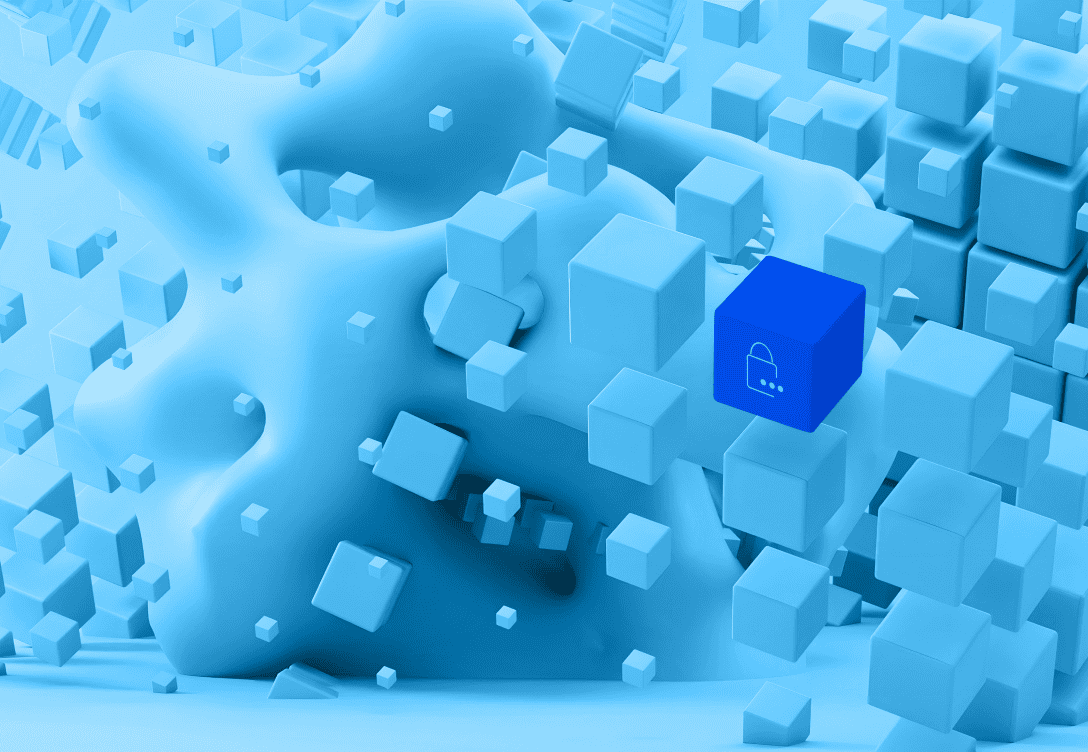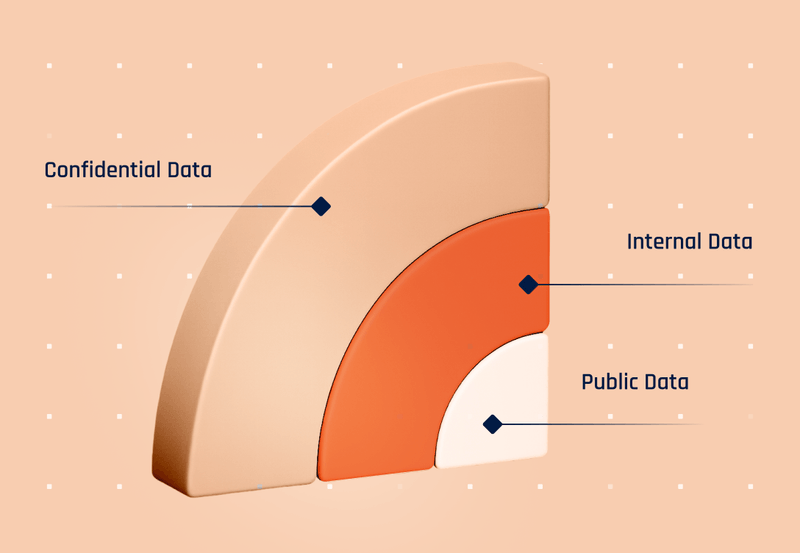In 2025, the data security market isn't just hot, it's a multi-billion dollar arms race, and you’re already in the middle of it.
If you’ve sat in a board meeting recently, you’ve likely heard the acronym: DSPM. Data Security Posture Management platforms have exploded from a niche category into a non-negotiable control. Why the sudden urgency? Because the old tools failed us. With 82% of cloud breaches now involving stray, unmonitored data copies, CISOs are scrambling to answer a terrifyingly simple question: Where is our sensitive data, and who can touch it?
DSPM promises an answer by continuously discovering sensitive data, classifying it, mapping access, and fixing exposures across multi-cloud and on-premise environments. But with vendors being acquired for tens of billions and new features emerging quarterly, choosing the right partner feels like betting on a horse race in a hurricane. Let's make sense of the chaos.
Things you’ll learn:
- Who the key players are, from pure-play specialists to platform giants.
- Why billions in funding and acquisitions are rapidly reshaping the market.
- The essential features a modern DSPM platform must have in 2025.
- Key questions to ask vendors to cut through the hype and find the right fit.
The 2025 vendor landscape at a glance
The field of data security posture management vendors has fractured into distinct camps, each with its own philosophy and sales pitch.
The Independent “Pure-Play” Specialists: This is where the innovation is white-hot. Vendors like Cyera, Sentra, and BigID were built from the ground up for the cloud. They move fast, are laser-focused on data, and their AI-driven classification engines are often best-in-class.
- The platform behemoths: Security giants like Palo Alto Networks (Prisma Cloud) and SentinelOne are integrating DSPM directly into their flagship CNAPP and XDR platforms. Their pitch is consolidation: one console to manage your entire security posture, from infrastructure to data to response.
- The recently acquired startups: The consolidation wave is real. Rubrik bought Laminar, CrowdStrike absorbed Flow Security, and Forcepoint just snapped up Getvisibility. These buyers are betting that customers want a unified story, whether it’s data security plus backup or data security plus endpoint protection.
- The hyperscaler in-house options: AWS Macie, Microsoft Purview, and Google Sensitive Data Protection offer powerful, native tools for their respective clouds. They are a strong starting point for single-cloud environments but often struggle to provide a unified view across multi-cloud sprawl and SaaS applications.
- The adjacents to watch: The lines are blurring. Wiz, a CNAPP leader, gained serious DSPM muscle with its Google deal. Meanwhile, vendors like Securiti and Forcepoint are blending DSPM with privacy and data-detection-and-response (DDR), signaling a move toward covering the full data lifecycle.
The mega-deals and market momentum
Nothing screams “market validation” like money. In March 2025, Google announced its intent to acquire Wiz for a staggering $32 billion, a clear signal that cloud security is incomplete without data-layer visibility. That same month, Forcepoint acquired Getvisibility to embed its AI-powered DSPM into a broader data security platform.
Meanwhile, the pure-play specialists are attracting massive investment. Cyera announced a $540 M Series E on 11 June 2025, valuation $6 B. ReliaQuest raised $500 M in April, so Cyera still holds the year’s biggest private-cyber round so far. This isn't just venture capital hype; it's backed by customer sentiment. Gartner's 2025 Voice of the Customer report named Cyera a Customers' Choice, proving that enterprises are putting their trust and their budgets into these focused solutions.
Key features defining 2025 RFPs
Yesterday's "nice-to-have" features are today's mandatory requirements. If you're writing an RFP, these five trends should be on your checklist:
- Data-in-motion & runtime monitoring: It's no longer enough to scan data at rest. Leading platforms now watch how data actually flows between SaaS apps, APIs, and AI models in real time.
- AI-assisted remediation (DDR): Finding a problem is one thing; fixing it is another. Modern DSPM tools automatically quarantine files, trigger encryption, or adjust policies the moment a risk is found, without manual intervention.
- Knowledge-graph enrichment: The best tools don't just find data; they understand its context. They build a relationship map between identities, data stores, and business functions to help you prioritize the risks with the largest "blast radius."
- Gen-AI security guardrails: With every department experimenting with LLMs, the risk of leaking sensitive data into a public model is huge. DSPM is now expected to provide redaction and policy checks before data is sent to an AI.
- Multi-cloud parity & CNAPP fusion: Your platform must offer one console for CSPM, DSPM, and identity management (CIEM). Juggling separate tools for AWS, Azure, GCP, and Snowflake is a recipe for blind spots and audit failures.
A practical guide to shortlisting your DSPM vendor
Ask each vendor to demo live (not just slideware) how they:
- Map end-to-end data-flows: Trace a sensitive record across clouds, SaaS, APIs, and backups, with a 24-hour playback to prove they see runtime movement, not just data at rest.
- Score risk in full context: Show how identities, access paths, and business tags combine into a single risk score so the riskiest exposures surface first.
- Apply Gen-AI guardrails: Remediate or redact regulated data before it reaches an LLM, and log every attempted leak for audit.
- Cover every major store natively: Provide agent-less connectors for AWS, Azure, GCP, Snowflake, Git, and key SaaS apps, with feature parity across clouds.
- Maintain high-precision classification at scale – Share real false-positive rates and a customer reference running multi-petabyte workloads.
- Auto-remediate in seconds: Encrypt, quarantine, and open a Jira (or ServiceNow) ticket without custom scripts.
- Respect data residency & integrate deeply: Keep metadata in-region and feed findings bi-directionally into IAM, EDR, and SOAR tools.
Consolidation, regulation, and AI
The DSPM landscape will only get more intense. Gartner predicts spending will grow at over 45% CAGR through 2027, far outpacing the rest of the cloud security market. Expect more consolidation as mid-tier players get acquired.
At the same time, regulators are closing in; proposed EU rules could soon treat "shadow data copies" as official data exposures, making DSPM telemetry essential audit evidence. And as autonomous AI agents proliferate, they will amplify data sprawl, forcing vendors to build even smarter, LLM-aware security policies.
Why data inventory is no longer enough
Traditional DSPM inventories data at rest, but in the AI era the real risk lives in the flows. Our platform unifies data-flow lineage, identity relationships, and regulatory context so security, privacy, and governance teams see a single, real-time picture of data risk, not disjointed snapshots.
It answers not just "what" data you have, but how it travels in a Data Journey, who can access it, and what legal obligations are attached to it via our Trust iQ™ knowledge graph. This is the only way for security, privacy, and governance teams to stop juggling siloed tools and share one unified, defensible view of data risk.
The tipping point is here
2025 is the year DSPM moves from an inventory tool to a mandatory control for managing multi-cloud and Gen-AI data risk. The market is loud, crowded, and flush with cash, but the mission is clear: you can’t protect what you can’t see.
Whether you opt for a nimble specialist or an integrated platform suite, your decision should hinge on these things: how deeply the platform understands and secures live data-flows, the breadth of data coverage, the depth of built-in response automation, and how cleanly it plugs into the security stack you already own.
The vendors who deliver on that promise will be the ones who lead the market into 2026 and beyond.


